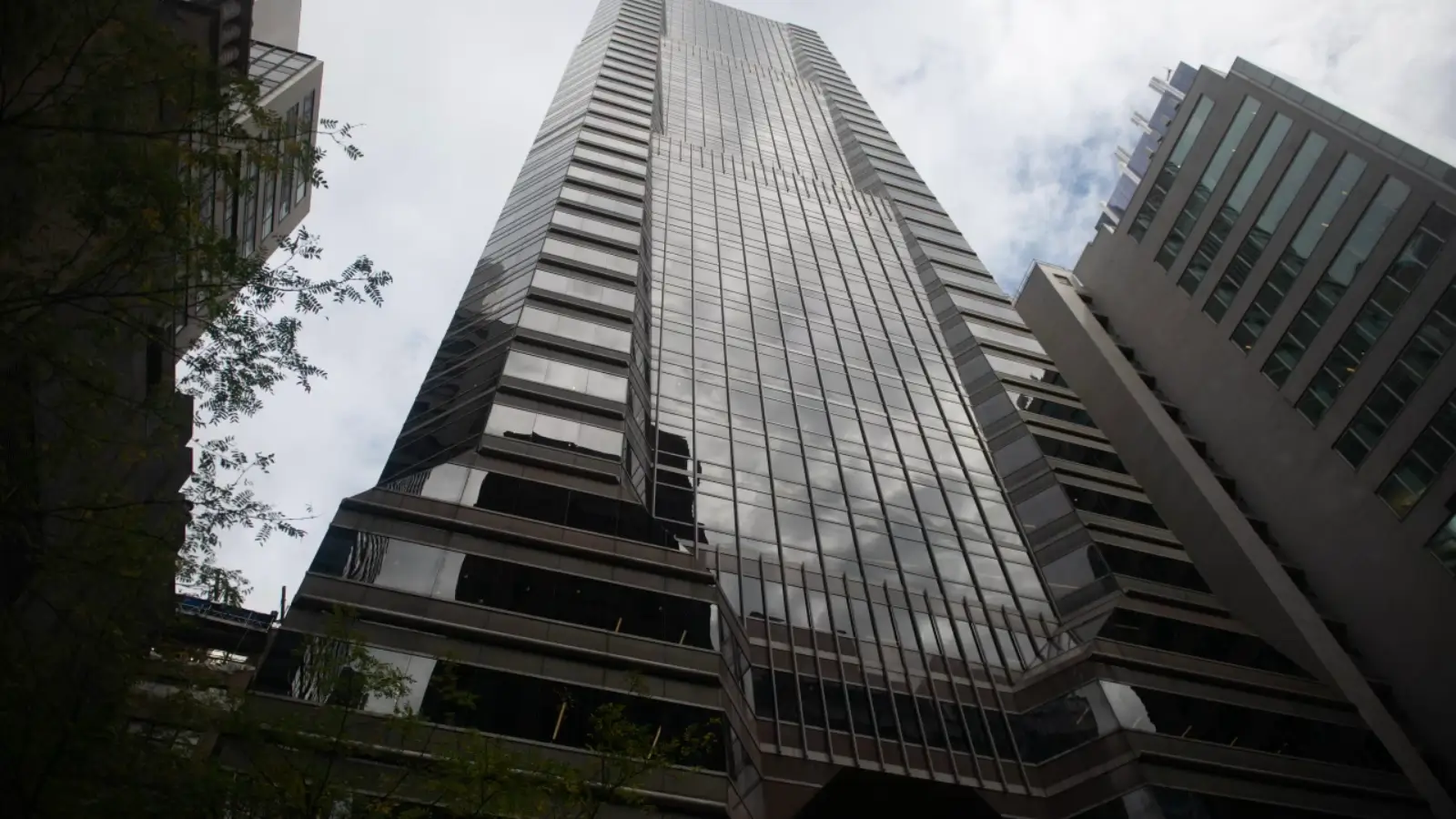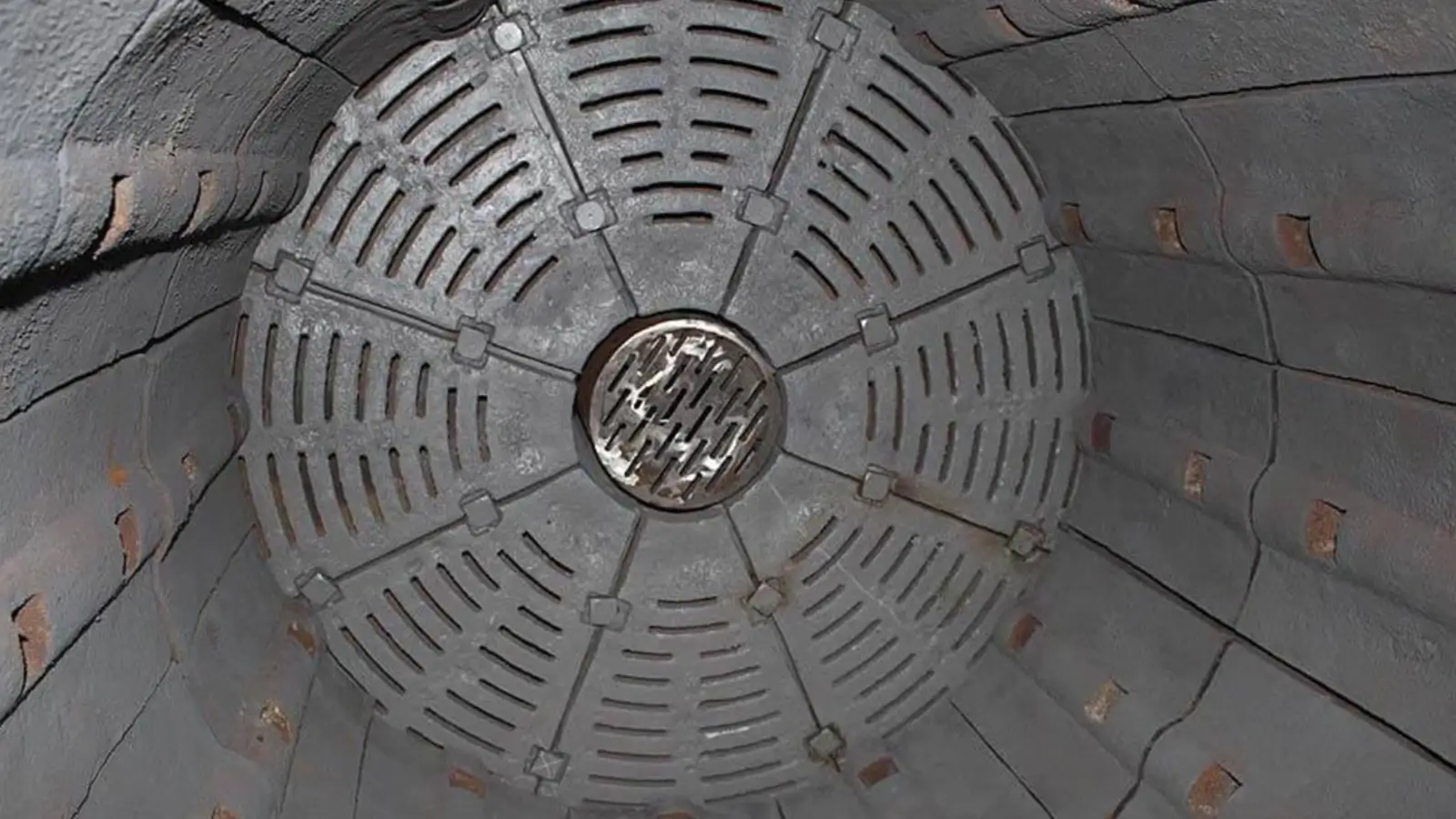


In the realm of mineral processing and cement manufacturing, the role of the ball mill liner is pivotal. Not only does it enhance the grinding efficiency, but it also significantly impacts the longevity of the mill. As industries continually strive for more effective solutions, the advancement in ball mill liner technology has emerged as a focal point for improving operational outputs.
Ball mill liners serve multiple essential functions. Primarily, they protect the mill shell from wear caused by the repetitive impact of the grinding media. Additionally, liners enhance the lift of the contents to facilitate the grinding process. Their influence on the grinding efficiency and product quality underscores the importance of selecting the right liner material and design.
Innovations in materials have greatly improved the performance of ball mill liners. Traditionally, materials like rubber and metal composites were prevalent. Today, advanced materials such as high-chrome and alloy steel offer superior wear resistance and durability. These materials not only enhance the lifespan of the liners but also reduce maintenance downtime.
High-chrome steel liners have gained popularity due to their high resistance to wear and corrosion. They are particularly advantageous in applications where high-impact and abrasive materials are processed. Their durability helps reduce the frequency of liner replacements, thereby enhancing productivity.
Composite materials, combining the attributes of rubber and steel, offer a flexible yet sturdy alternative for ball mill liners. These liners provide an excellent balance between impact resistance and wear reduction, which is crucial for optimizing mill performance.
The design of a ball mill liner is as critical as the material used. Effective configurations ensure optimal wear patterns and improve the mill's performance. The design considerations include the liner's profile and thickness, as well as its placement within the mill.
Shell liners are integral in determining how effectively the movement of the media and material inside the mill is controlled. Different profiles are used to influence the lift height and attack angles according to the specific needs of the milling process.
Head liners protect the ends of the mill. These liners are subjected to extreme conditions due to the direct impact and cascading action inherent in the grinding process. Designing head liners focuses on providing both protection against wear and maintaining the internal consistency of the mill’s grinding environment.
The installation process of ball mill liners requires precision to ensure alignment and optimal performance. Poorly installed liners can cause efficiency losses and increased wear. Regular maintenance and inspections are crucial in identifying wear patterns and preventing unscheduled downtime.
Technological innovations have brought significant changes to the development and performance of ball mill liners. The use of computer-aided design (CAD) systems enables the customization of liner designs to meet specific milling conditions. Additionally, advancements in simulation technology allow manufacturers to predict wear patterns and optimize the liner's design for enhanced durability.
Modern ball mill liner solutions also focus on minimizing environmental impacts. By enhancing the efficiency of the grinding process, these liners help in reducing energy consumption. Additionally, the use of eco-friendly materials in the manufacturing process reduces the overall carbon footprint of mineral processing operations.
Choosing the right ball mill liner is an investment in efficiency and productivity. While the initial costs might be higher for advanced materials and designs, the reduction in maintenance costs and increase in operational efficiency often justify the expenditure. By extending the life of the mill, these liners contribute to significant long-term savings for operations.
In conclusion, advanced ball mill liners are vital components in mining and cement industries, contributing to both efficiency and durability. As technology evolves, the development of more resilient materials and innovative designs continues to enhance the capability of these liners, supporting improved milling operations and sustainable practices.